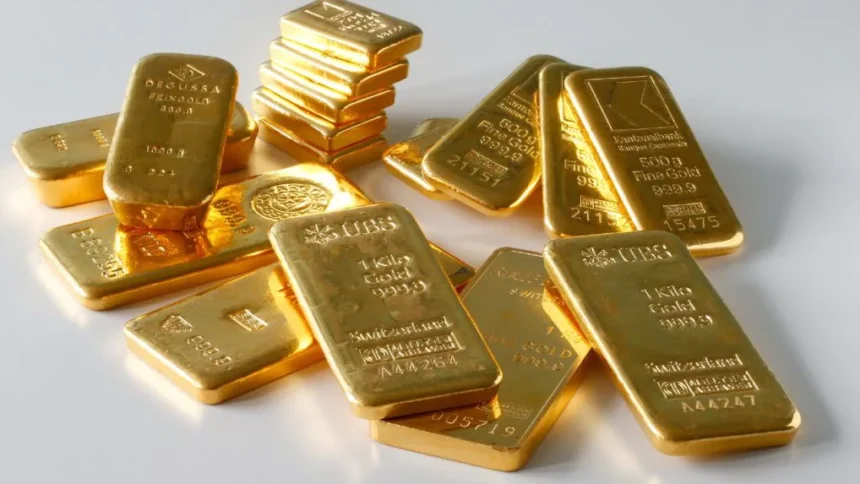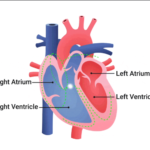Gold has fascinated humans for millennia, not only for its intrinsic beauty but also for its rarity and value. It is often considered the ultimate symbol of wealth. But have you ever wondered if it’s possible to create gold from other elements? This question has intrigued scientists, alchemists, and storytellers throughout history. In this article, we will explore the age-old quest to transmute base metals into gold, the scientific realities behind it, and the modern context of gold production.
The Alchemical Dream
Yes, additional elements can be used to generate gold. However, the procedure is so costly and necessitates nuclear reactions that you are presently unable to profit from the sale of the gold you produce from other elements.
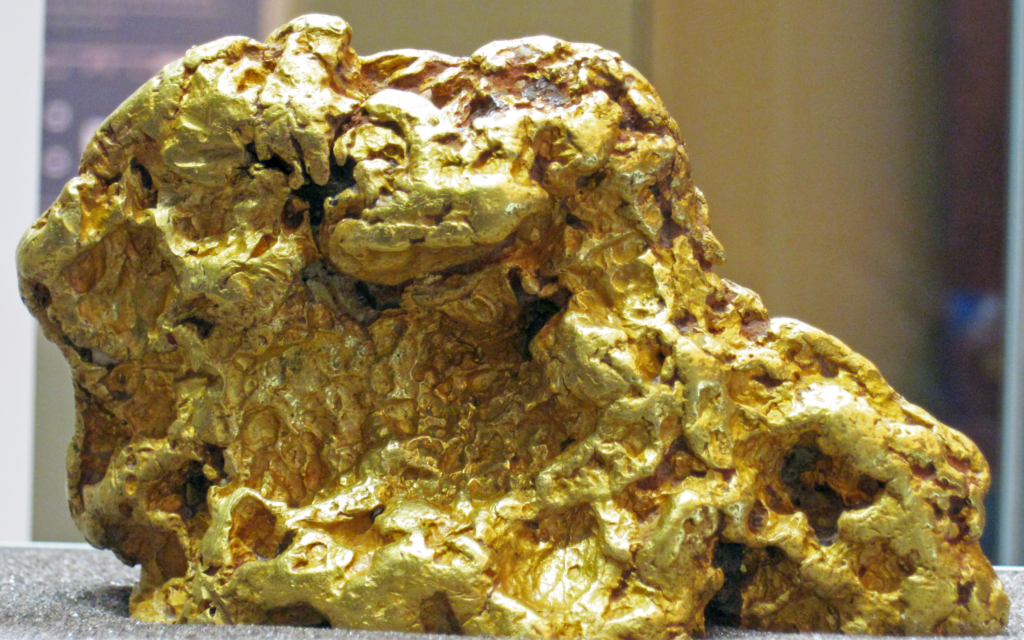
The desire to turn less valuable metals into gold was at the heart of alchemy, an ancient and mystical practice that laid the foundation for modern chemistry. Alchemists believed in the transmutation of base metals into noble metals, with gold being the most coveted. They sought the Philosopher’s Stone, a mythical substance that was thought to enable this transformation.
Also read: Diamonds: Can A Diamond Catch Fire?
Synthetic Gold Production
Atoms make up all ordinary matter. A small nucleus made up of protons and neutrons bonded together, along with a vast cloud of electrons connected to the nucleus, make up every atom. The nature of an atom is primarily determined by the number of protons in its nucleus because the majority of an atom’s physical and chemical properties are dictated by the number and shapes of its electrons, which in turn are determined by the number of protons in the nucleus. When an atom’s nucleus contains the same number of protons, all of them act nearly in the same way. For this reason, we refer to a collection of atoms having an equal amount of protons as a “chemical element” and we identify different attributes with particular elements.
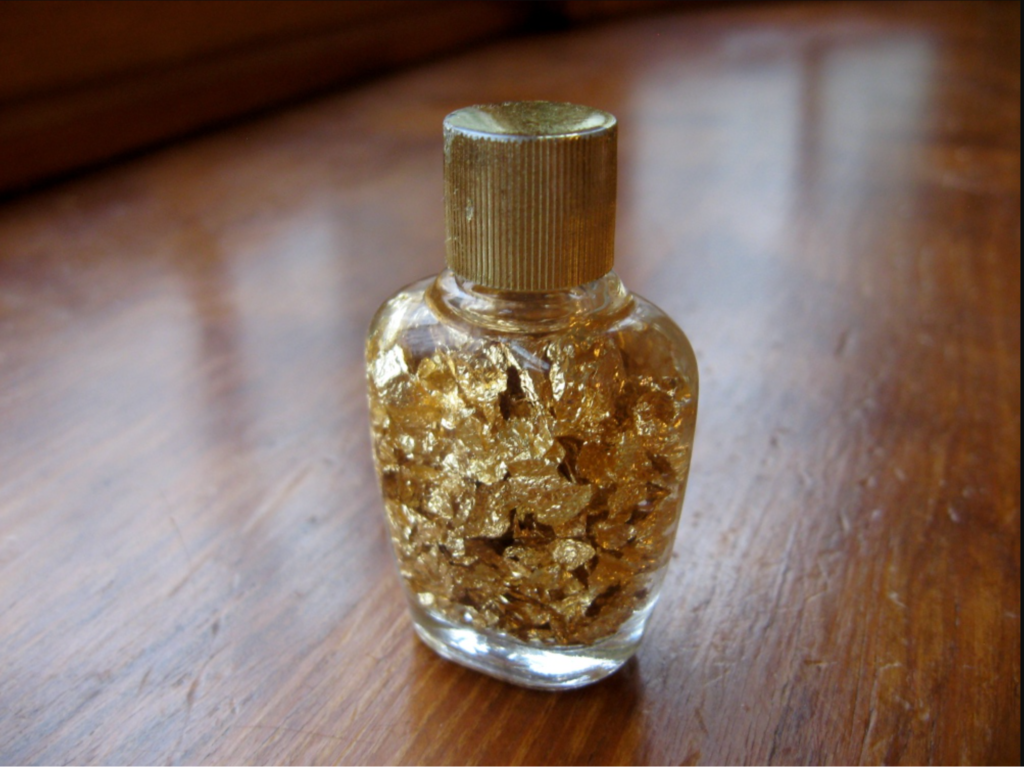
Scientists have indeed succeeded in creating gold through nuclear transmutation, but the process is not practical for commercial production. The most common method involves bombarding a stable mercury isotope (197Hg) with neutrons to create unstable gold isotopes (197Au). However, the energy and cost required for this process make it unfeasible as a means of producing gold for economic gain.
The Process of Nuclear Transmutation
Nuclear transmutation involves changing the number of protons and neutrons in an atom’s nucleus, which, in turn, changes the element. Some elements are naturally radioactive and undergo transmutation over time, but scientists have also learned to induce these changes in controlled environments.
The element gold has 79 protons in each of its atomic nuclei. A gold atom is any atom with 79 protons, and they all have the same chemical properties. So, theoretically, all it takes to make gold is 79 protons and enough neutrons to stabilise the nucleus. Or, even better, to create gold, we could take one proton out of mercury (which has 80) or add one proton to platinum (which has 78). The procedure is straightforward in theory but challenging to carry out in reality. Nuclear reactions include the addition and removal of protons from nuclei. Consequently, gold cannot be produced via a chain of chemical reactions.The atom’s nucleus remains unaltered while the quantity and form of its electrons are altered by chemical processes. It is consequently impossible to realise the age-old alchemist’s ideal of turning ordinary chemicals into gold. To make gold, nuclear processes are required. The challenge lies in the high energy required for nuclear reactions.
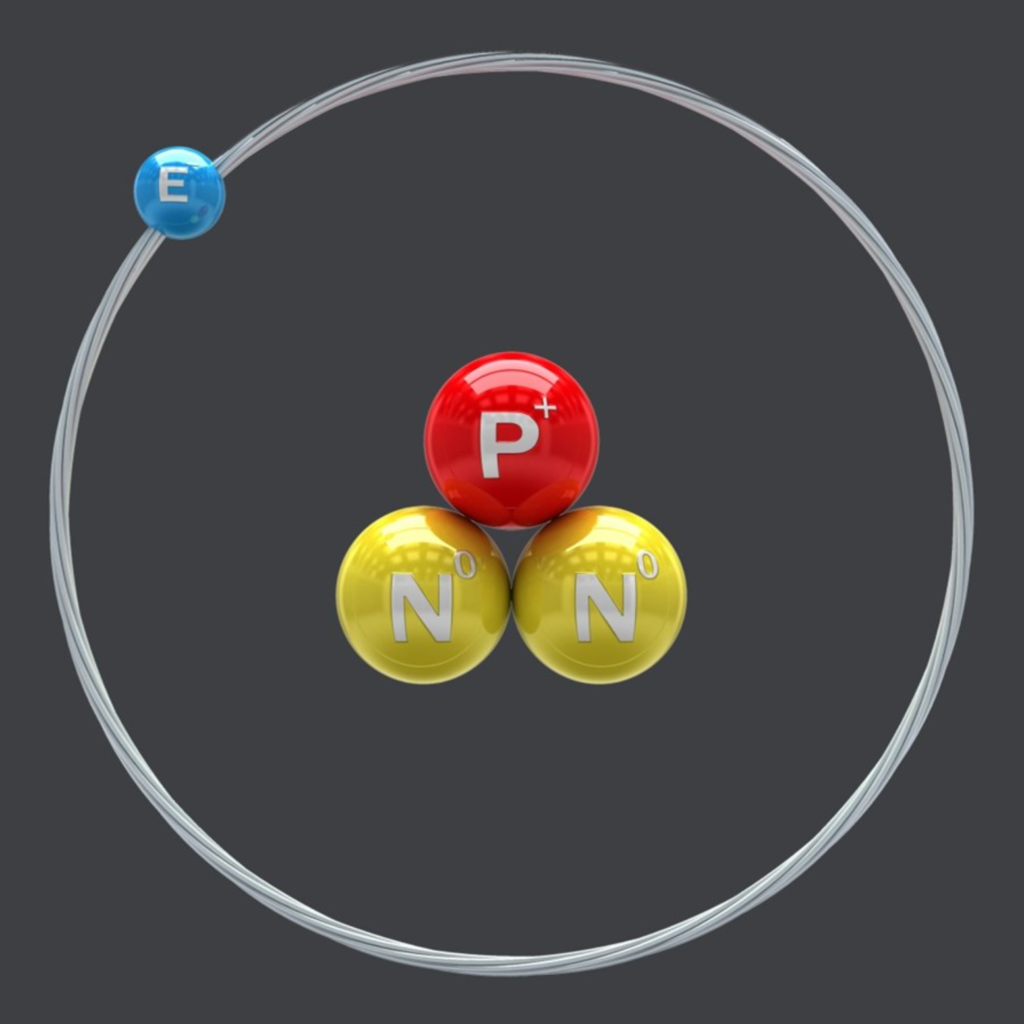
Stable atoms have extremely tight bonds between their nuclei, making it difficult for anything to enter or leave the nucleus permanently. A nucleus must be struck by high-energy particles in order to start a nuclear reaction. Such particles can be obtained through nuclear processes in reactors, radioactive decay, the acceleration of sluggish particles, or a combination of these methods. Sherr, Bainbridge, and Anderson, for instance, used neutrons to make gold in 1941 by firing them at mercury. The Harvard cyclotron particle accelerator sparked a sequence of nuclear events that produced the neutrons.
Modern Gold Production
The primary source of the world’s gold is not transmutation but rather mining. Gold is extracted from the Earth’s crust as deposits in rocks and ores. This gold mining process involves crushing the ore, extracting the gold, and refining it to obtain pure gold. It is a labor-intensive and resource-intensive process.

Usually gold is created from platinum, which has one less proton than gold, or from mercury, which has one more proton than gold. Bombarding a platinum or mercury nucleus with neutrons can knock off an neutron or add on a neutron, which through natural radioactive decay can lead to gold. As should be obvious by this production process, much of the gold created from other elements is radioactive. Radioactive gold is hazardous to humans and cannot be sold commercially. Furthermore, when radioactive gold undergoes radioactive decay after a few days, it is no longer gold.
The Allure of Gold
Gold has held a special place in human culture and history. Beyond its economic and industrial value, it is highly regarded for its beauty and has been used to create intricate jewelry, ornate decorations, and cultural artifacts. Gold has been a symbol of wealth and power, often serving as a form of currency or a standard for monetary systems. Its unique properties, such as its resistance to corrosion and malleability, make it indispensable in various industries, particularly in electronics and space exploration.
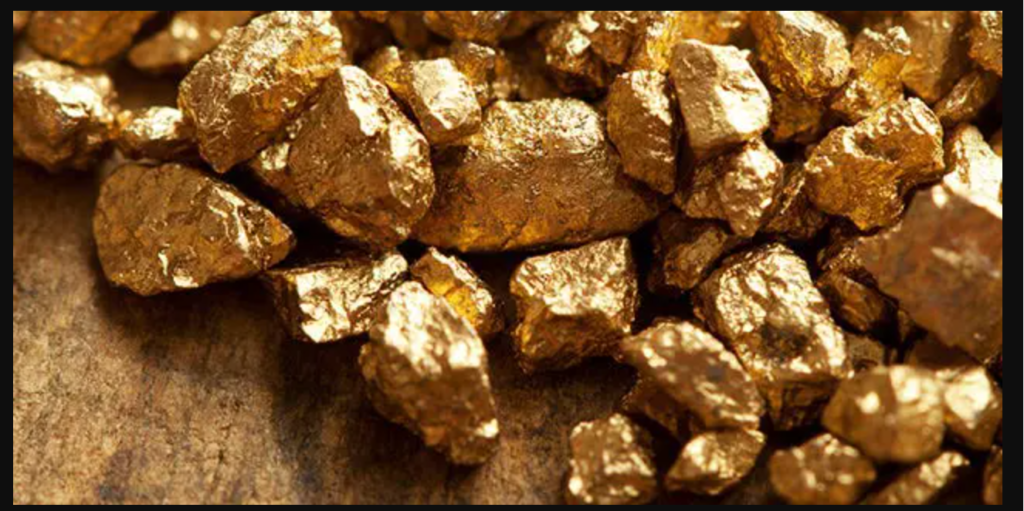
The Quest for Artificial Transmutation
The idea of artificially creating gold has not been limited to alchemy or nuclear transmutation. In the world of particle accelerators and high-energy physics, scientists have attempted to convert other elements into gold, but these experiments are conducted for scientific research rather than gold production.
One such example is the use of particle accelerators to transmute bismuth into gold. These experiments aim to study nuclear reactions, understand the behavior of atomic particles, and explore the possibilities of synthesizing new elements. While they may create minuscule amounts of gold as a byproduct, it remains a far cry from economic viability.
Modern Alchemy: The Gold from E-Waste

In a sense, modern technology has enabled a different form of alchemy – extracting minuscule amounts of gold from electronic waste (e-waste). E-waste recycling processes recover small quantities of gold, among other precious metals, from discarded electronic devices. However, this method does not involve the transmutation of elements but rather the extraction of existing gold in electronic components.
The Final Word
The dream of creating gold from other elements, while captivating, remains a dream in the context of practical economics and modern science. The allure of gold lies in its natural scarcity and enduring value. While science has unlocked many mysteries and allowed us to achieve incredible feats, the transformation of base metals into gold remains a quest that belongs to the realms of legend, history, and the occasional scientific curiosity. In the modern world, gold is not created but is instead sought, mined, and cherished for its intrinsic qualities and historical significance.
Also read: Water: Can Water Remain Liquid At Temperatures Lower Than Freezing?







